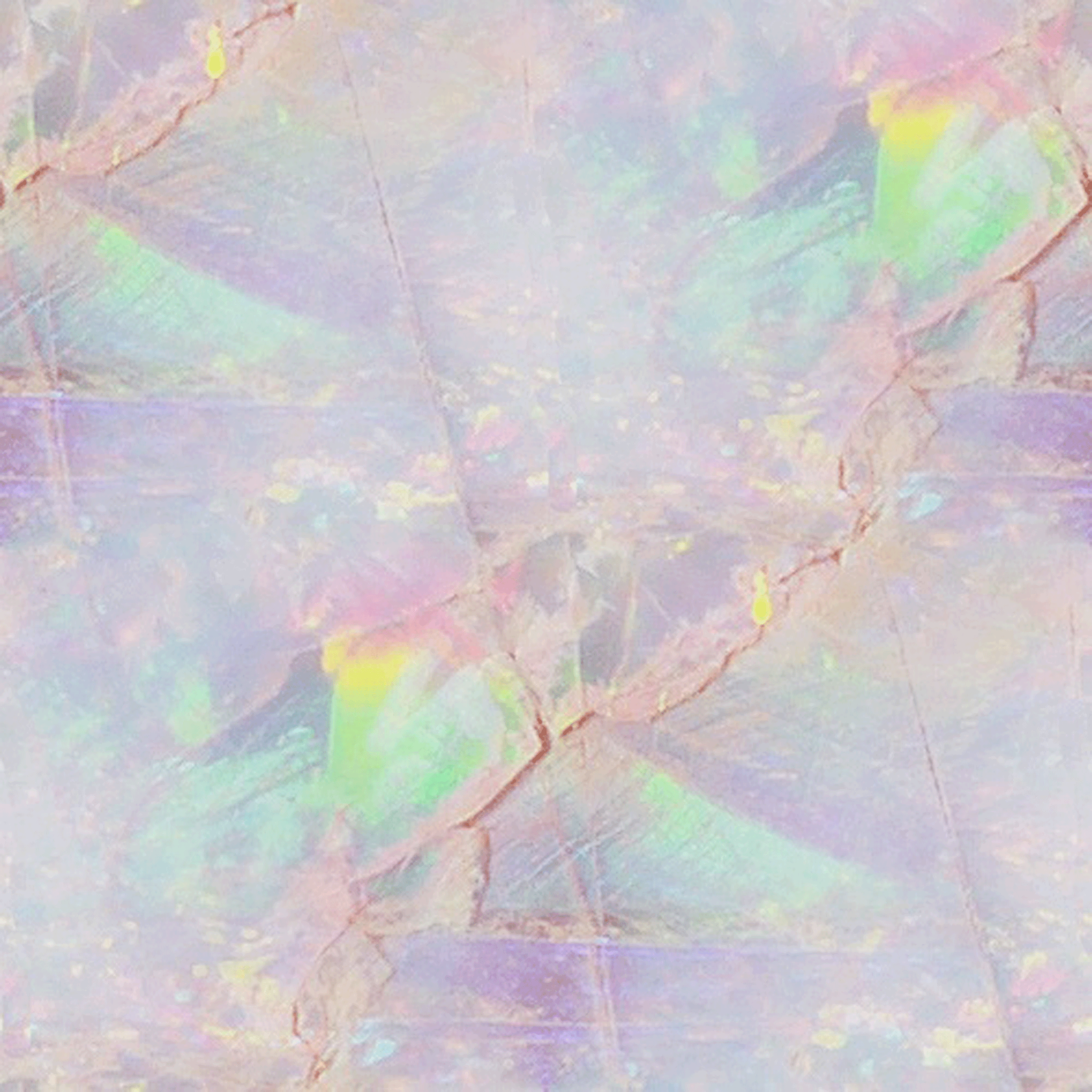In addition to a post about each month’s birth-flower, I decided to do a post each month about the birthstones, too. It’s fun stuff, so I hope that you truly enjoy! And happy birthday, my October babies!
October Birth Stones
Opal and Tourmaline
Opal
Close-up of a white opal
Meaning and History: The irony of the opal’s meaning is that, in the centuries it was first mined and worn by the wealthy, it was considered a symbol of good luck. But in the mid-19th century, it fell into bad repute (partly through Sir Walter Scott’s novel ‘Anne of Geierstein’) and began to become a symbol of bad luck. Currently, the opal symbolizes attributes like loyalty, happiness, and sometimes passion. But let me tell you how the first strange turn happened:
When the Romans encountered the opal for the first time, they were struck by its mix of brilliant colors. It became a highly regarded gemstone, and royal officials would often give opals to their wives as a symbol of good luck and bringer of health and longevity. It was a fragile and beautiful stone. Roman scholar Pliny (75 AD) greatly admired it, saying, “[Opals] carry such a play of colors within them that they equal the deepest and richest colors of a painter.”
The opal was a stone of such an assortment of blazing colors that throughout its history, the glories of the opal were compared to fireworks, jellyfish, galaxies, lightning, rainbows, volcanos, and the human eye.
But, like many things of great beauty, its glory was corrupted, and its likeness to deep richness of the human eye became something to be feared. By some cultures, it was called ‘the stone of invisibility’ because it was believed it had power to make the wearer invisible. But as such, it was renamed ‘the stone of thieves,’ because it came to reason that anyone desiring invisibility must have nefarious acts in mind. In Medieval Europe, the stone’s striking resemblance to the eye represented the eye of a cat, an animal shunned due to superstitious beliefs. So during this time opal slowly grew to become a symbol of The Evil Eye. And when Sir Walter Scott published his novel ‘Anne of Geierstein’ (1829) about a woman who wore an opal on her head before mysteriously dying, the superstitions surrounding the opal skyrocketed. Opal sales over the next few years dropped 50%. It wasn’t until Queen Victoria laughed at the superstition and made it her gem of choice (even gifting it to each of her daughters on their wedding days) that Victorian culture slowly began disassociating the opal with the occult.
Name Origin: The Opal originates from both the Greek word opallios (which means ‘to see a change in color’) and the Sanskrit word upala meaning ‘precious stone.’
Sources: The opal is mined in several locations including Ethiopia, (and natively) Idaho and Nevada, among others, but over 90% of the world’s opals are mined in Australia.
Composition: The opal’s kaleidoscope of colors has always been a fascination by various cultures, but it wasn’t until the 1960s that scientists discovered that the precious stone is actually composed of microscopic silica spheres, which diffract light, giving it its rainbow of colors. (Think of a rain droplet in the sun.) It is a soft stone, making it extra precious and easily breakable (partly by the dispersion of the silica).
Fun Facts:
· Because opals are created by a build up of desert clay and water, they adhere to a number of substances, including fossilized skeletons!
· Opals are Australia’s National Stone
· Opals are the gift of choice for a 14th wedding anniversary
The complexity of the Black Opal
Tourmaline
Pink Tourmaline, mined from Afganistan
Meaning, History, and Composition: Tourmaline has been called ‘the gemstone of poets and teachers,’ has been believed for centuries to inspire creativity. Though the Tourmaline comes in a variety of colors, (predominantly blueish and black), the Pink Tourmaline is generally considered the birthstone of October and is the rarest and most expensive of all tourmaline gems. It is rarer than rubies, and some think it is much more beautiful. The Tourmaline is made mostly of minerals. Because of its chemical composition, some people believe that, when worn on the body, the tourmaline can act as a shield, repelling pollutants, toxins, and depression. Magicians used to use the black tourmaline as a talisman to protect against evil and negative energy. It is mined mostly in Africa and the Middle East but is also found in Maine and California.
Fun Facts:
· Because it is made mostly of minerals, the tourmaline can actually hold an electric charge through an application of heat, making it a sort of magnet to attract or repel dust particles.
Green Tourmaline, also from Afghanistan






